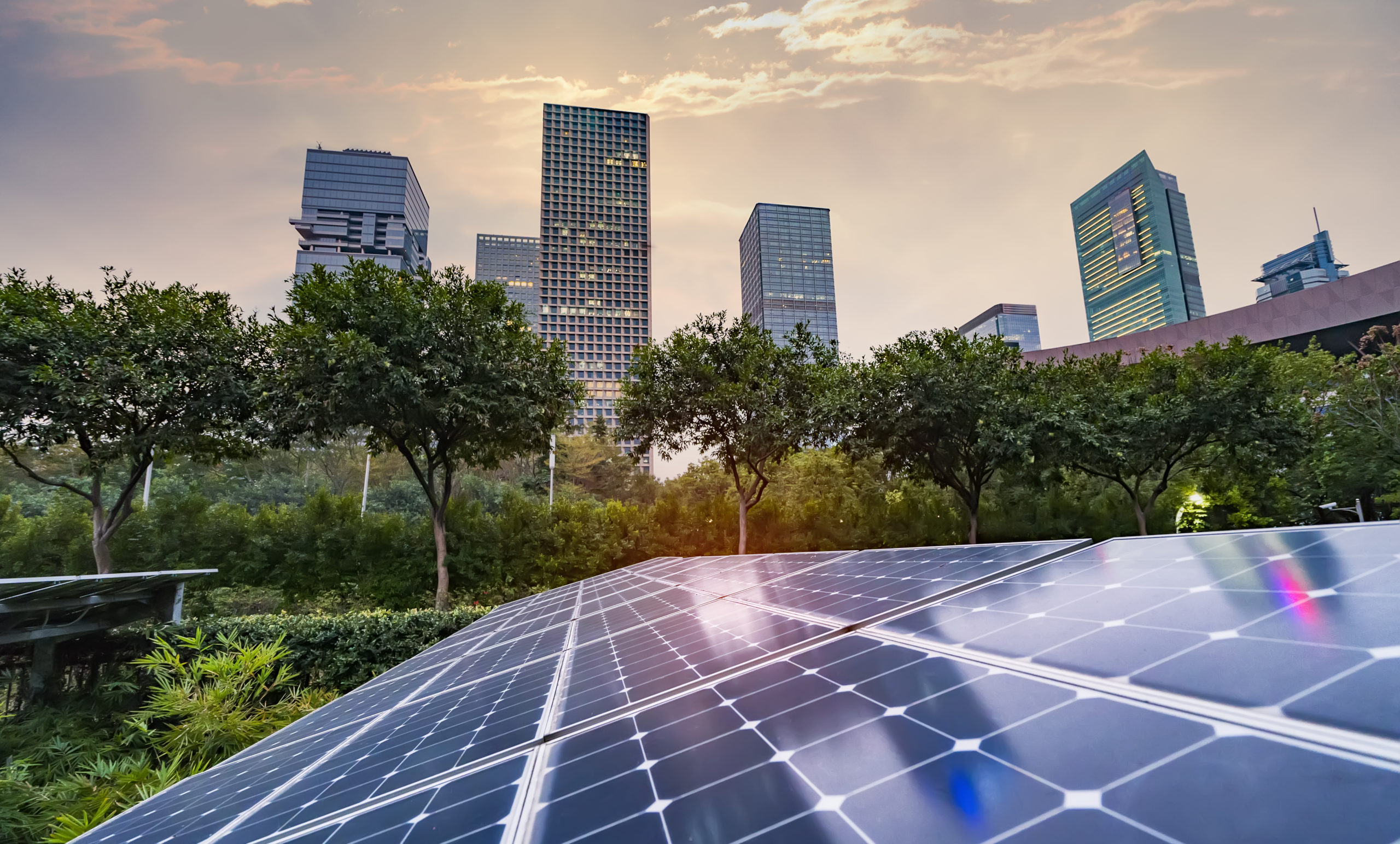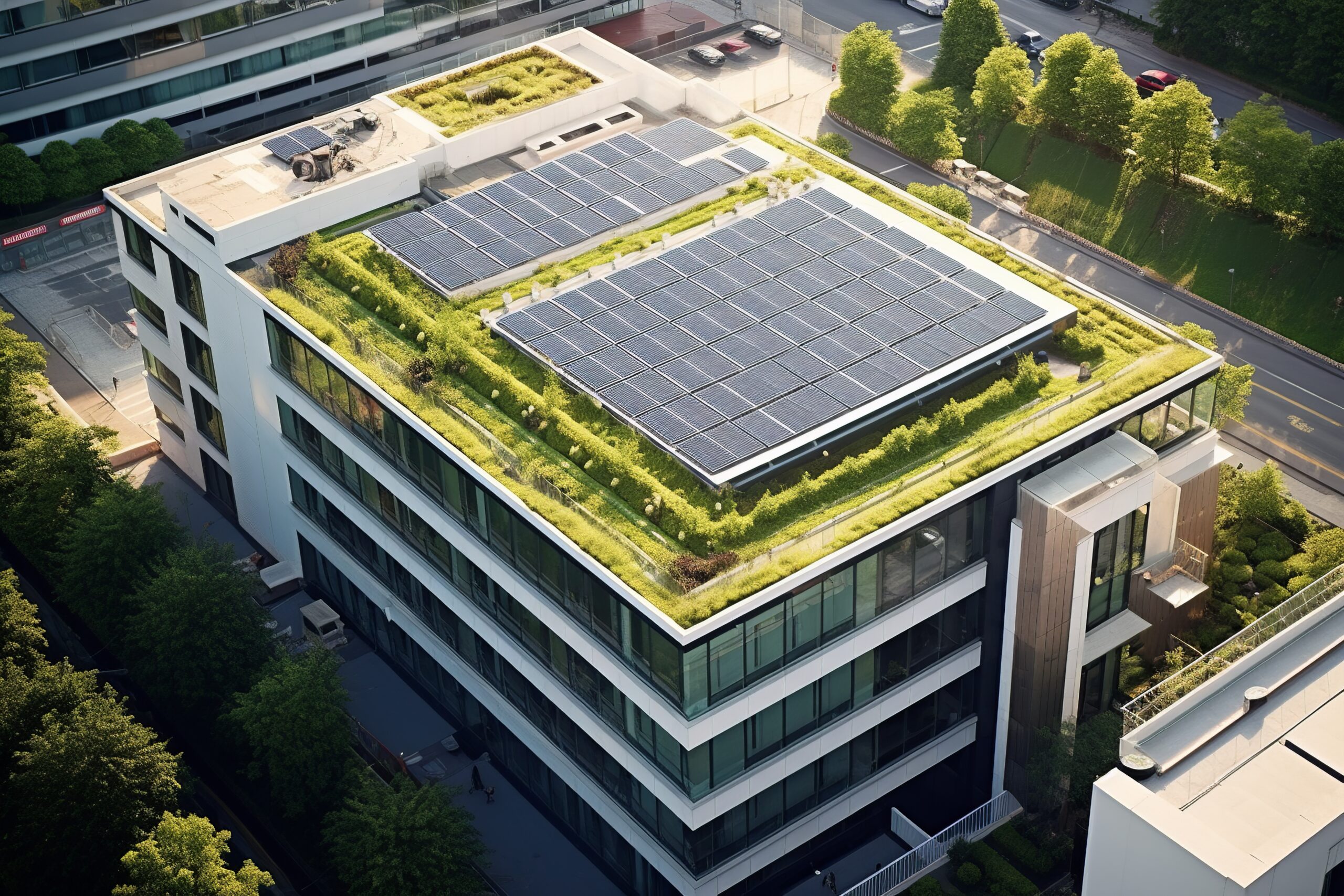
Buildings and energy: The new rules of the game
The new French Environmental Regulation known as ER 2020, which came into effect on January 1, 2022, now applies to all new buildings, both single-family homes and apartment buildings. The main new feature: The building’s overall carbon footprint will be taken into account throughout its life cycle.
Continually reducing the energy consumption of new buildings – preferably by using low-carbon or renewable energies – reducing the carbon impact of building construction, and maintaining the comfort of occupants in the event of high temperatures, global warming effects…These are the main objectives of the new 2020 Environmental Regulation, which is part of France’s goal of becoming carbon neutral by 2050. The ER 2020[1] introduces for the first time CO2 emission thresholds for housing, integrating both energy consumption, as it already exists for cars, but also the carbon impact of buildings over their life cycle. As far as consumption is concerned, the RE 2020 extends and reinforces the energy sobriety requirements of the ER 2012[2], the best energy being that which is not consumed! Building owners are particularly encouraged to fine-tune the bioclimatic parameters of their projects (orientation, glazing, insulation, ventilation, etc.), in order to limit energy input to what is strictly necessary. In the winter, the most economical source of energy remains the sun, while the implementation of quality shading helps to limit the use of air conditioning in the summer.
CO2 emissions divided by ten
For single-family homes, the thresholds prohibit the exclusive use of gas boilers, which may remain in certain cases in combination with heat pumps. “The legislator’s intention is to encourage more virtuous heating methods such as photovoltaic, heat pumps, biomass, or, better still, urban collective networks,” emphasizes Marc Schoeffter, an engineer in the Buildings Department of ADEME, the French environment and energy management agency. While an existing house heated with gas emits an average of nearly five tons of CO2 per year, the same house that meets the ER 2020 standards will emit less than 0.5 tons, i.e., ten times less. In total, these new provisions aim to reduce the energy consumption of buildings by 30%, as previously imposed by the ER 2012. For collective housing, the change will be more gradual, with several stages until 2025.
A carbon footprint assessment
However, it is in the construction phase that the new regulation introduces the most notable changes. For the first time on a European scale, the ER 2020 takes into account the carbon impact of the building over its entire life cycle, i.e. 50 years. This is a necessary step, given that the construction and demolition phases account for 60% to 90% of a building’s total carbon impact. These provisions aim to promote the use of bio-based materials (wood in particular) or geo-based materials (stone or raw earth, for example), as well as to encourage manufacturers to reduce the carbon impact of traditional materials, such as cement. Overall, a mix of materials is being sought. How do you assess the carbon footprint of a bay window, a shower tray, or a tile floor? Don’t worry: “As with energy calculations, there are now a number of approved professional software programs on the market that can be used to calculate the carbon footprint of a building. All you have to do is multiply the environmental data for each component using the national database (INIES) by the quantities to obtain the overall balance,” says Marc Schoeffter. Relatively tolerant at first, so that designers can appropriate this new concept, the levels adopted will be reinforced over the years.
Moderate additional costs
The third objective of the ER 2020 acknowledges global warming by requiring new buildings to maintain occupants’ comfort in the event of heat waves or high temperatures, which are becoming increasingly frequent in the summertime. And this, by avoiding the sole recourse to air conditioning solutions, which are very energy consuming. Finally, the additional costs associated with the new regulations should remain moderate, around 10%, a figure to be compared with the social-economic gains obtained over the life of the buildings: lower energy bills, reduced CO2 emissions, creation of local jobs… The climate is well worth this little extra effort.
Key figures:
Between 350,000 and 380,000: The average number of new homes built each year in France (Insee[3])
-30%: The reduction in energy needs of buildings introduced by the RE 2022 compared to the previous regulation (RE 2012)
[1] ER 2020 : A new step towards more ambitious environmental regulations for new buildings to tackle climate change (in French)
[2] 2012 thermal regulations: an energy leap for new buildings (in French)

